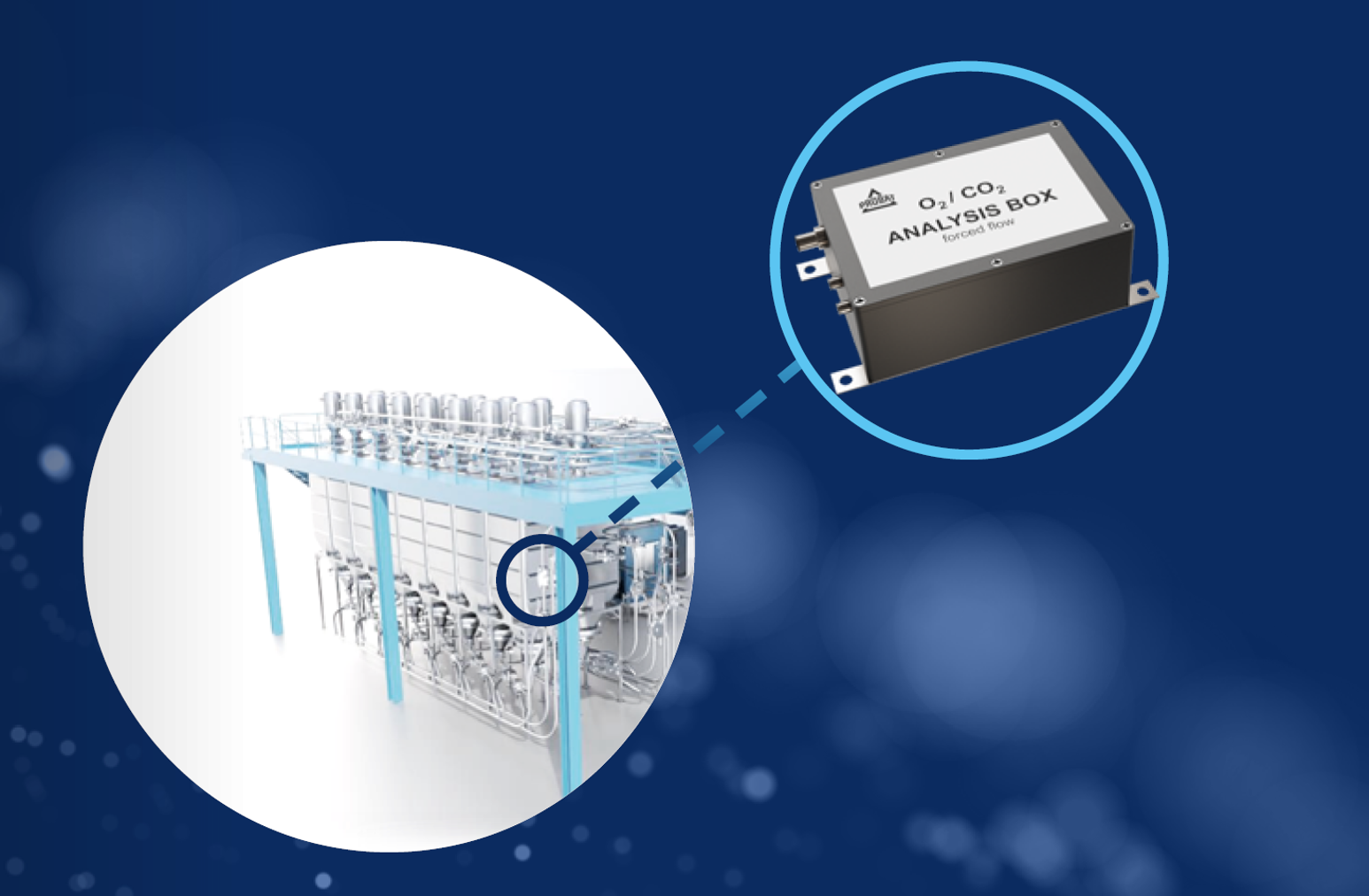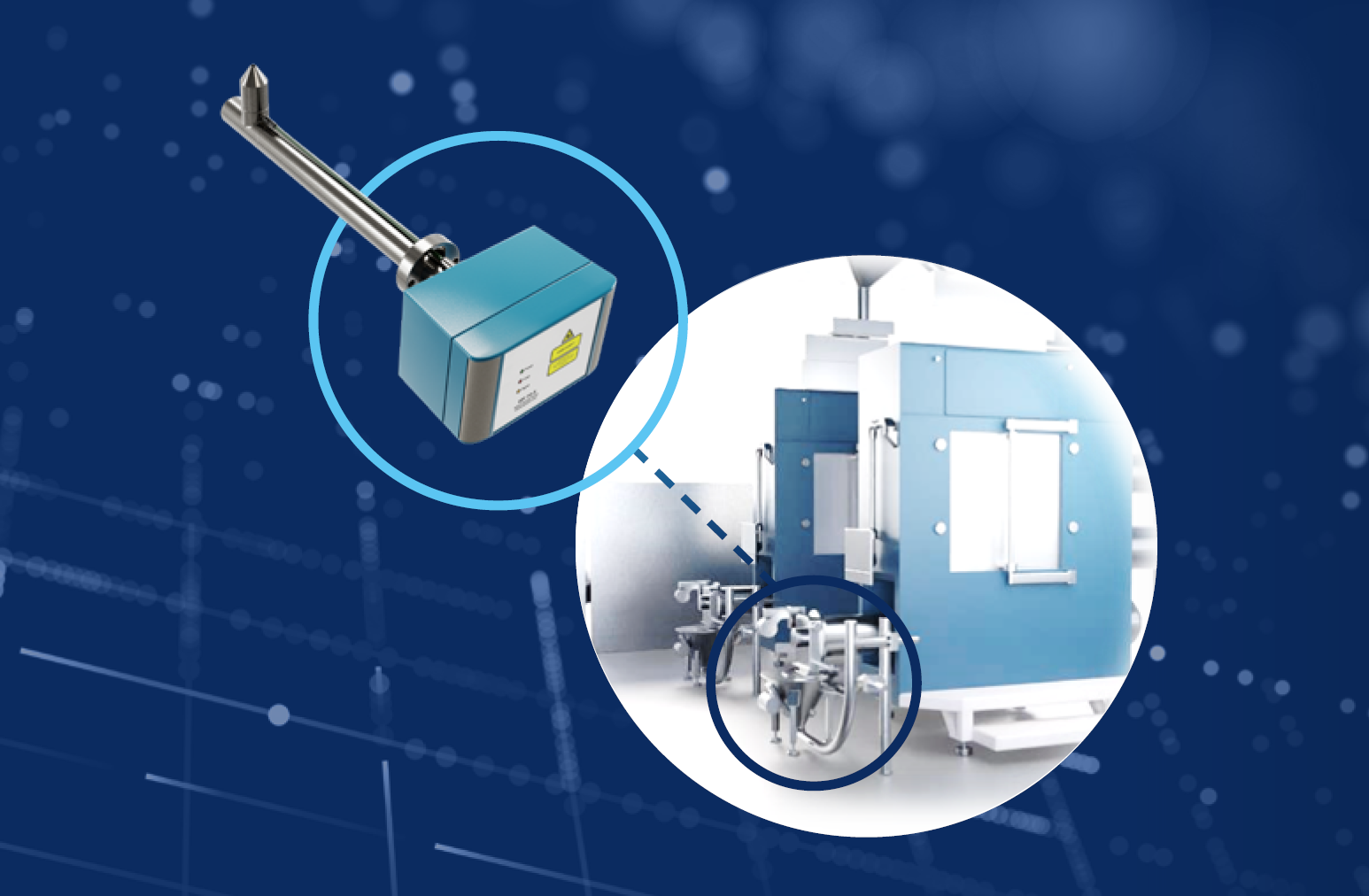Smart quality control
Quality control procedures are designed to ensure that a product or service meets certain predefined standards. In coffee roasting, the most important requirements are consistency and maximum product quality, mainly because they are ultimately crucial for customer loyalty. In this article, we look at the role of roast / ground coffee degassing and grain measurement in quality control and how these techniques can be automated to increase productivity and process reliability.
ROAST AND GROUND COFFEE DEGASSING
WHAT IT IS
Atmospheric oxygen and the C02 bound in roast and ground coffee significantly influence the aroma. Controlled degassing plays a decisive role in the targeted aging of stored coffee. The analysis box continuously records the oxygen and carbon dioxide content, thus determining the optimum degassing time and improving aroma preservation.
WHAT IT DOES
- The analysis gas is extracted centrally in the roast or ground coffee silo and sucked into the transmitter box by means of an analysis lance.
- The sensors inside the analysis box are equipped with zirconia and non-dispersive infrared technology and react to oxygen and carbon dioxide, respectively. The gas concentrations each can be inferred from the detector signals.
- Once a predefined CO2 value has been reached, both the outgassing and storage process are terminated.

ONLINE GRAIN MEASUREMENT
WHAT IT IS
The grain size and density of ground coffee determine how the coffee reacts during brewing. Therefore, grinding results must be as homogeneous as possible. To ensure a uniform grain size distribution, PROBAT has developed the online grain measurement, which continuously monitors the grinding process. Quality deviations are quickly detected and immediately corrected.
WHAT IT DOES
- Via a bypass a sample is taken out of the ground coffee flow.
- By means of a laser beam, a fiber-optic measuring probe determines the individual speed and the flying time of the grain particles.
- After the measurement, the sample is returned to the ground coffee flow. An alarm is triggered in the event of deviations from the predefined nominal values.
